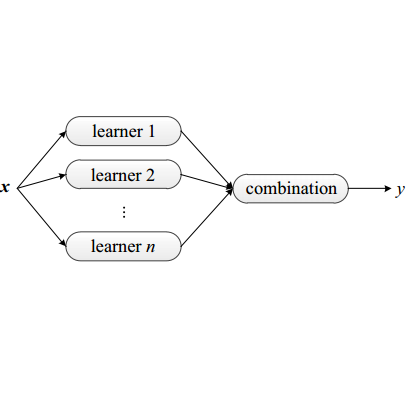In the realm of machine learning and statistical modeling, practitioners often work under the assumption of accessible, static, labeled data for evaluation and training. However, this assumption often deviates from reality where data may be private, encrypted, difficult- to-measure, or unlabeled. In this paper, we bridge this gap by adapting the Hui-Walter paradigm, a method traditionally applied in epidemiology and medicine, to the field of machine learning. This approach enables us to estimate key performance metrics such as false positive rate, false negative rate, and priors in scenarios where no ground truth is available. We further extend this paradigm for handling online data, opening up new possibilities for dynamic data environments. Our methodology involves partitioning data into latent classes to simulate multiple data populations (if natural populations are unavailable) and independently training models to replicate multiple tests. By cross-tabulating binary outcomes across ensemble categorizers and multiple populations, we are able to estimate unknown parameters through Gibbs sampling, eliminating the need for ground-truth or labeled data. This paper showcases the potential of our methodology to transform machine learning practices by allowing for accurate model assessment under dynamic and uncertain data conditions.
翻译:暂无翻译



